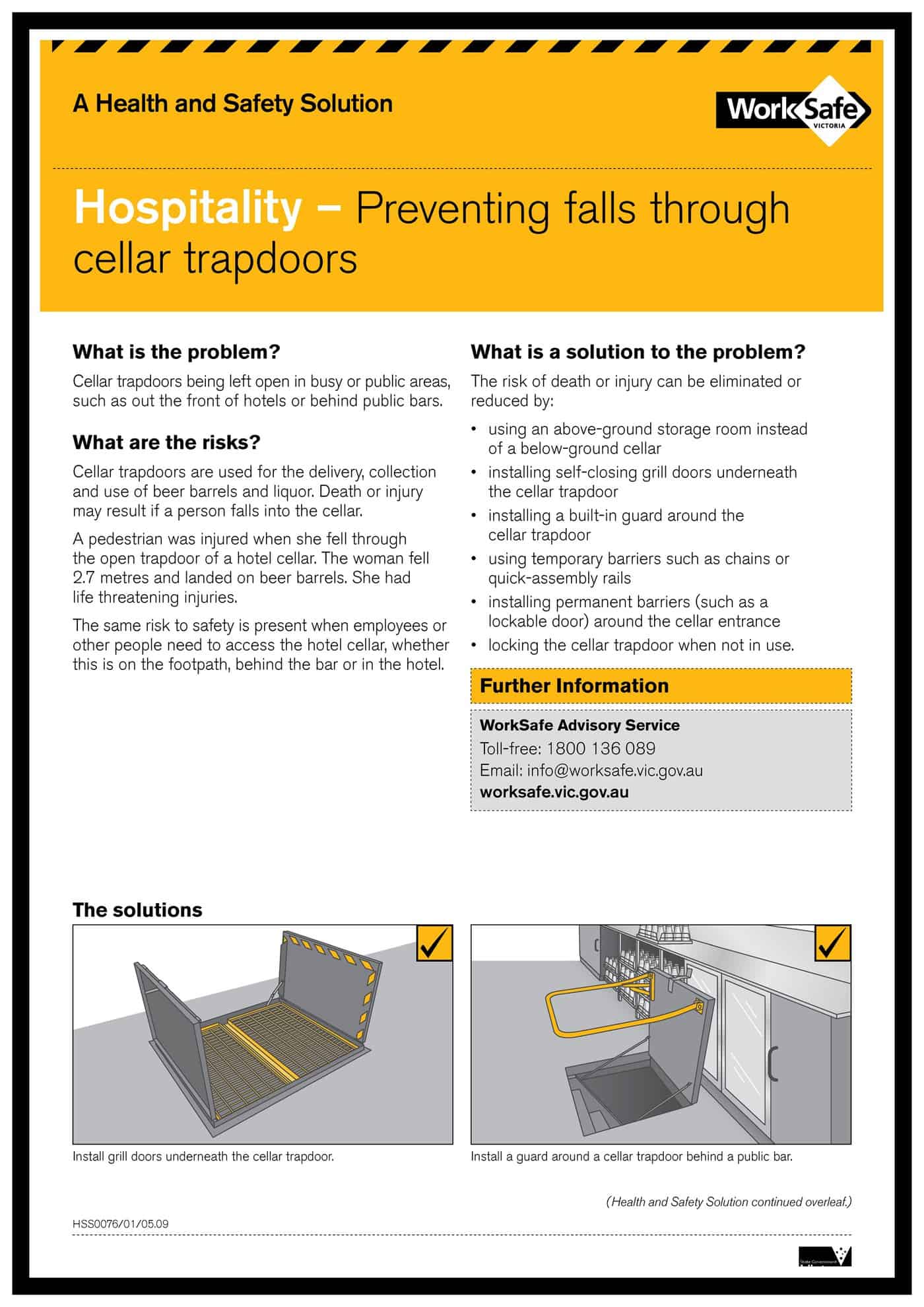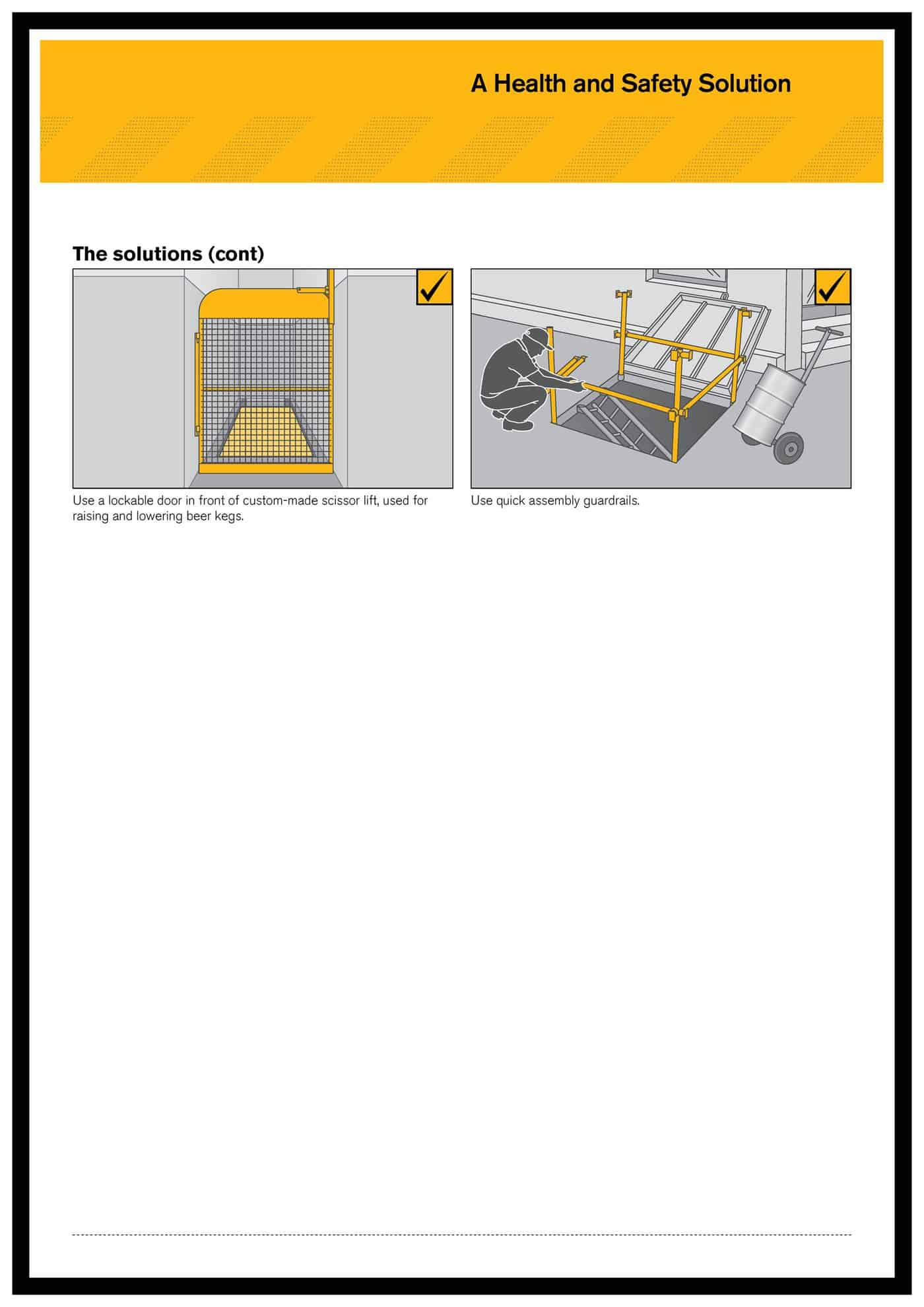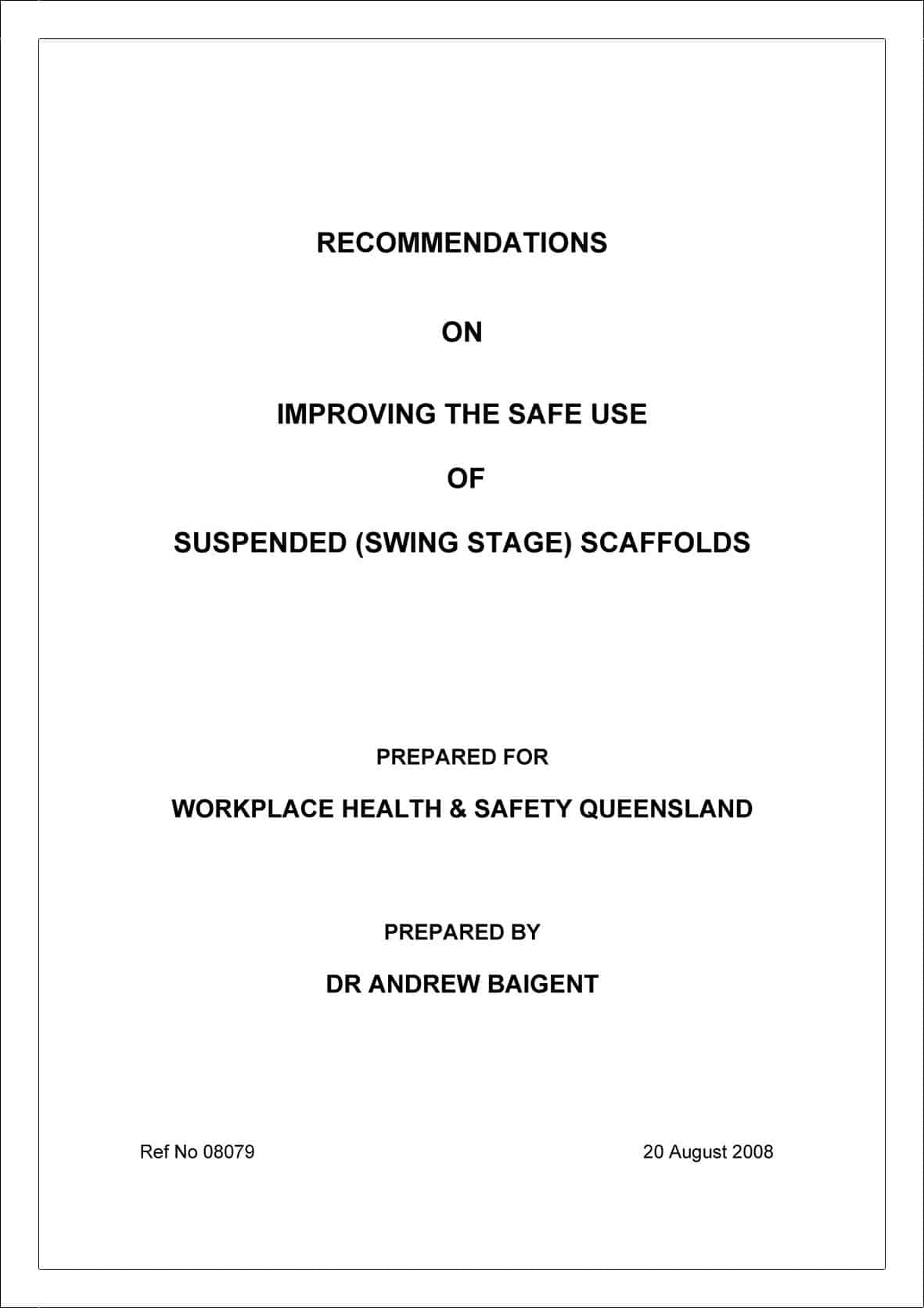On 22 October 2007, a commercial premise in Southbank, Victoria, was to undergo renovations which included replacing the asbestos roof with an iron roof. Two men were employed as project managers and during the roof replacement, according to WorkSafe Victoria.
“…the dogman fell [through an unguarded shaft] a total distance of 8 metres and as a result he broke 3 bones of his right wrist and a fractured scapula as well as sustaining bruising to the body and serious lacerations to the head.”
On 16 October 2009, the Magistrates’ Court fined the specialist roofing company contracted for the task $A15,000. The prosecution summary says that as the company specialised in roofing, the hazards of working on an asbestos roof, and unprotected edges, would have been well-known.
The two project managers were fined $A7,500 each as they were not sufficiently experienced for their project management roles. The lack of fall protection for those working on the roof was of particular note according to the Prosecution Summary from WorkSafe Victoria.
More details on the prosecution are available from the WorkSafe hyperlinks in this article.
It would be interesting to run this prosecution summary as a hypothetical under the proposed National OHS Model law to provide a contrast between the old and new laws particularly on the following matters, although many more could be considered if further details were available:
- who controls the workplace
- competence
- suitably qualified
- role and enforcement of JSA’s
- contractor management




